Researchers from UNSW Sydney and Aarhus University review the current landscape of nitric oxide-releasing platforms.
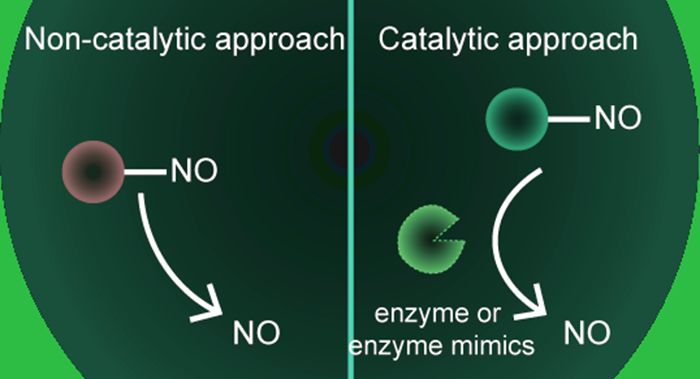

Researchers from UNSW Sydney and Aarhus University review the current landscape of nitric oxide-releasing platforms.
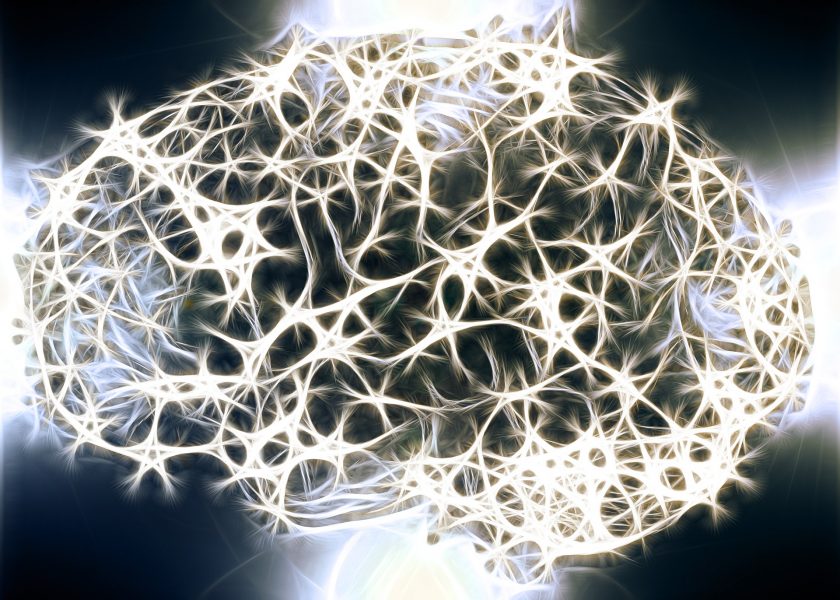
Rapid and efficient protocols to culture and genetically engineer iPSC lines for neuronal differentiation.
Electrification planning in rural areas and in developing countries most often relies on the outputs of specialized analytical tools that support geographically-referenced analyses
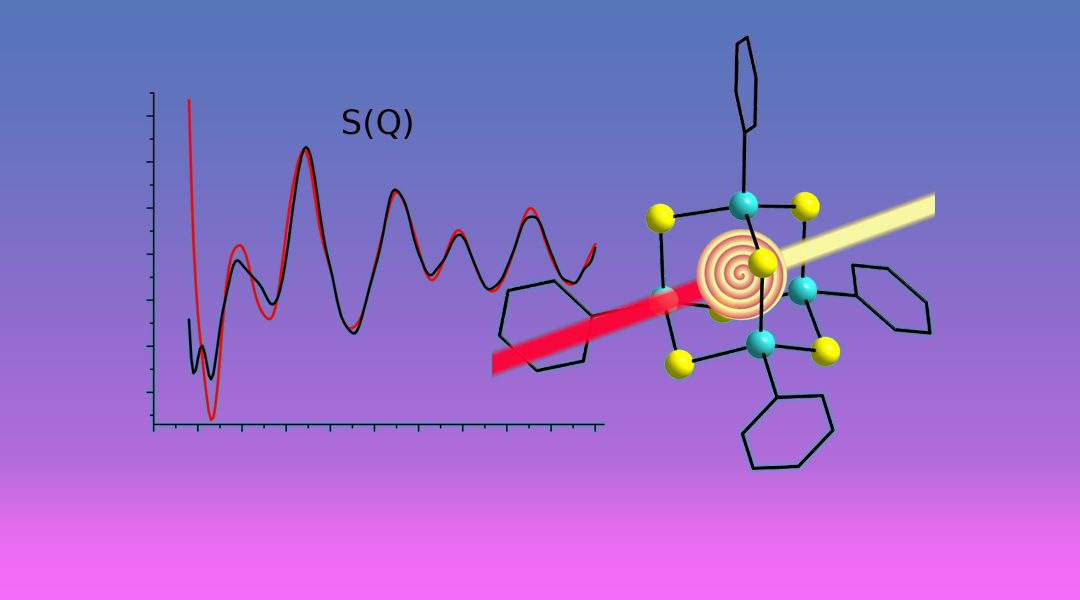
Knowledge of the amorphous structure of non-crystalline materials is critical for elucidating an explanation of how various side groups effect frequency doubling or white-light generation.

A study recently published in WIREs Climate Change summarizes the findings of 39 empirical studies testing why people do not like carbon taxes.
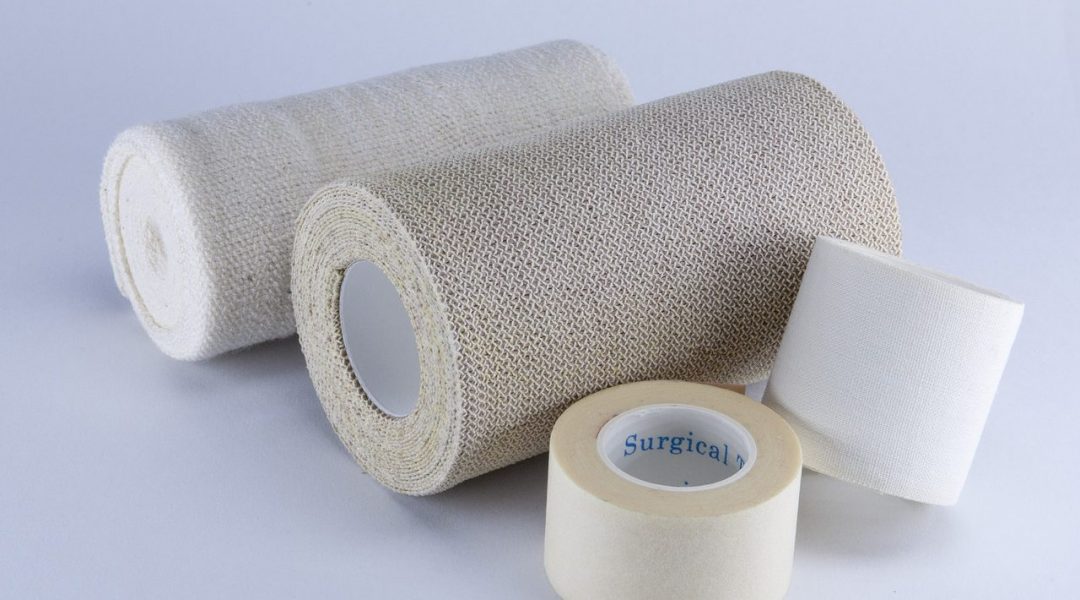
The medical textile field is in search of an antibacterial that is effective, but also human and environmentally-friendly.

Waterbodies such as oceans, lakes, rivers and aquifers represent large reserves of thermal energy, which can be used to heat or cool nearby buildings and infrastructure.
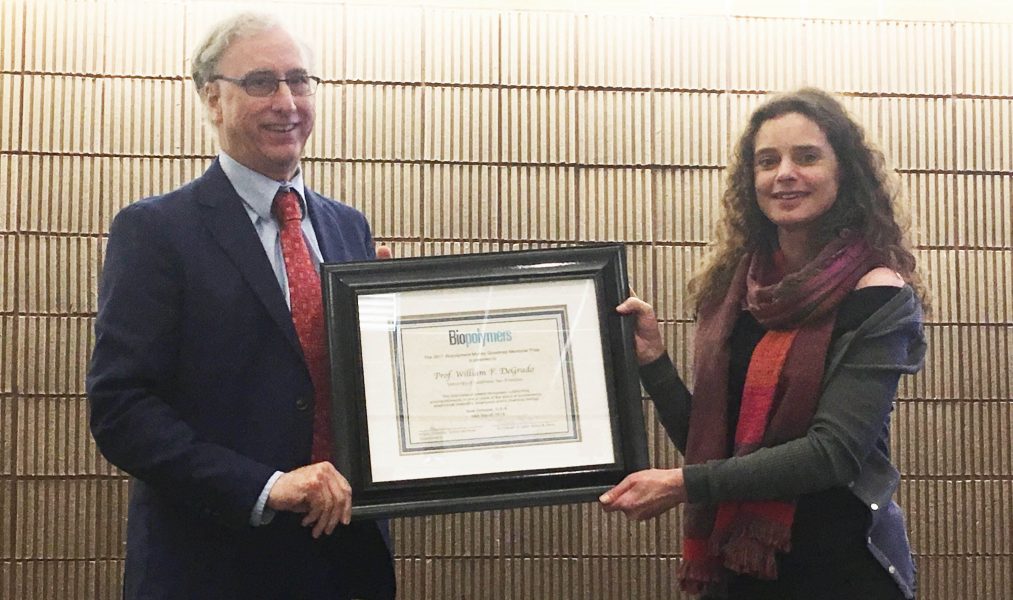
William F. DeGrado receives the Murray Goodman Memorial Prize at the ACS Spring National meeting 2018.

Phosphors are less excited by electrons than by their antiparticles.
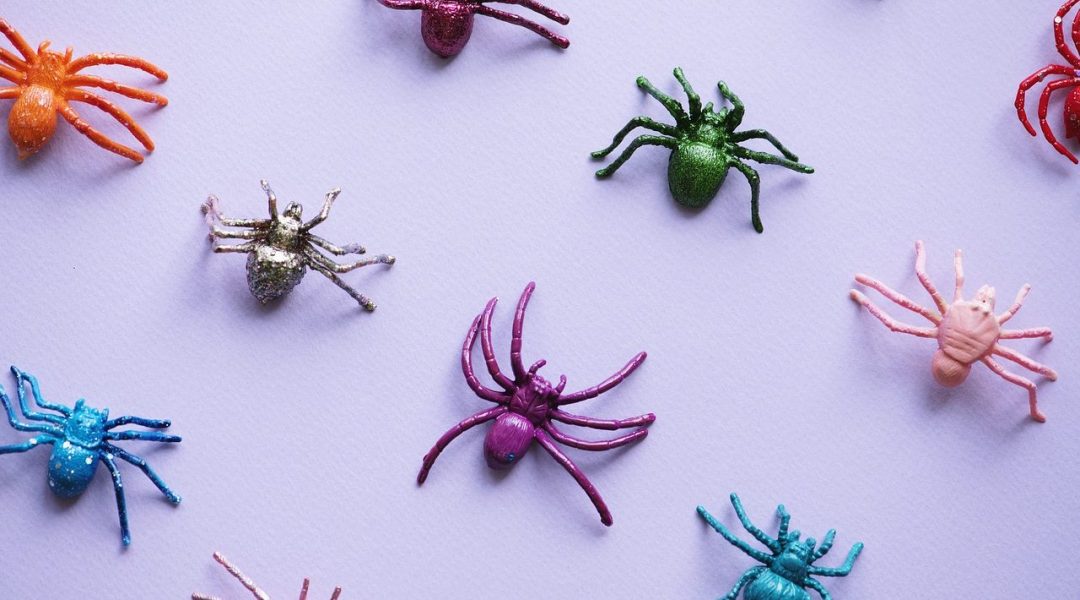
Polymer stabilized cholesteric liquid crystals (PSCLCs) respond to electric fields in a time-dependent manner that resembles creep behavior in mechanically deformed polymers.